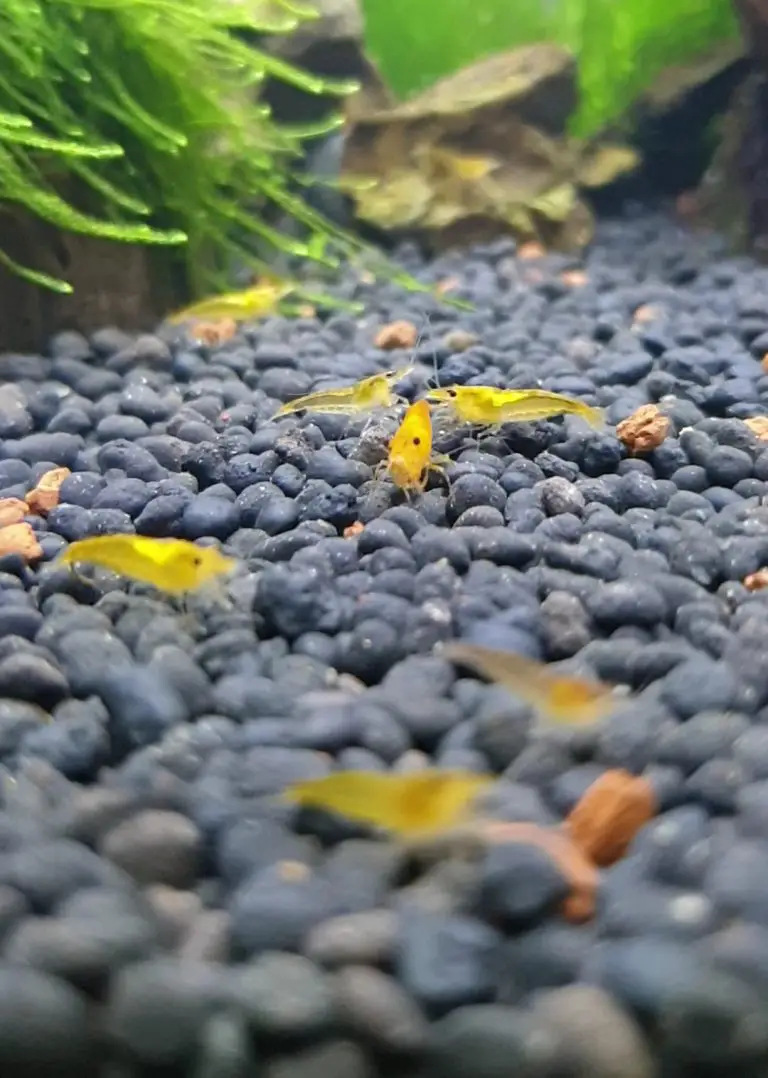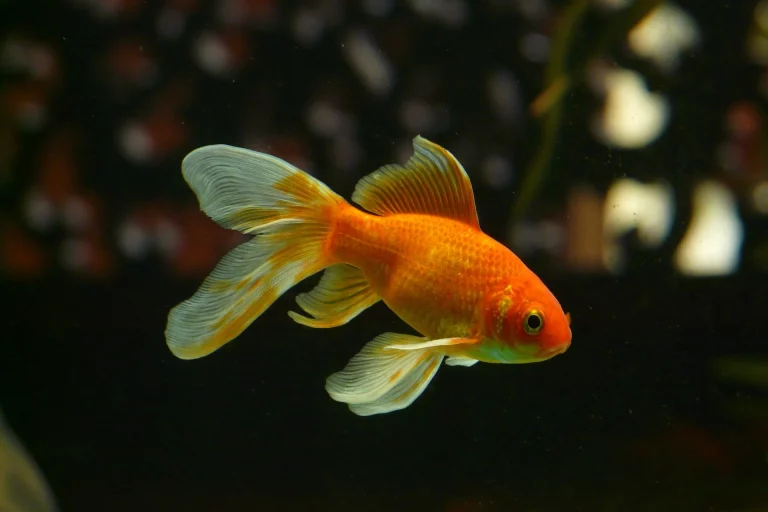Shrimp Molting: What Causes It and Why Are My Shrimps Doing It?
Shrimp molting is when the shrimps shed their exoskeleton to grow a new shell. Shrimps molt every once in 3-4 weeks in order to grow bigger and outgrow into a new shell or exoskeleton.
What is Shrimp Molting?
Shrimp molting is when the shrimp leaves its exoskeleton to grow a harder shell. An adult shrimp can molt once every 3 to 4 weeks. The younger ones molt more often due to the rapid growth, they basically outgrow their skin (once every 1 to 2 weeks).
Why my Shrimp is Molting?
The growth of a shrimp is the main reason why your shrimp is molting. Molting is necessary for all the Shrimp to grow and mature. The shrimp tend to be very vulnerable during this stage and they need a lot of hiding space to save themselves from predators or other shrimps. Once the skin is shed, the new skin is very soft and requires 48 to 72 hours to harden.
The outer shell of the shrimp mainly consists of:
- calcium salts (30-50%)
- protein, and fat (30-40%)
- chitin (20-30%)
It’s a rigid element altogether that protects your shrimp, but it limits the growth of the shrimp. Thus, molting is done to facilitate the growth and build a larger shell/exoskeleton.
What are the Stages of the Molting Process?
Post-molt
This is the phase after your shrimp leaves the old skin. The shrimp is seen to absorb more water to strengthen the new cuticle. Once the old skin is removed, the new soft skin or shell will take time to harden which is around 42 to 72 hours.
Molting
This is the phase where a shrimp sheds the old skin and absorbs water in larger quantities. This phase begins with the relaxing of the muscles and squeezing out of the old skin.
Inter-molt
In this phase, the new skin or shell begins to harden by the absorption of proteins and minerals. You will see the shrimp’s weight and mass increase as they begin to eat a lot during this phase.
Pre-molt
This phase is before molting. The shrimp will not repair for the next molting process. The appetite is decreased and the cuticle layer shall begin to grow.
What are the Signs of Molting in your Shrimp?
You can find your Shrimp behaving in an odd manner, which includes:
- Standing in one place for a long time without moving
- Showing a low appetite
- Remaining motionless for one or more hours.
Notice that only a few shrimps at a time are behaving in this manner as it is a healthy sign of molting, but if you observe all your shrimps behaving in the same manner it is because of some kind of fault in the water quality and you need to look into it immediately.
What are the Precautions to take while your shrimp are molting?
You need to understand that your shrimp is at the vulnerable stage once they molt. Thus, they need to be kept safe from predators during this stage.
- Add much driftwood into the tank as it gives more hiding space
- Add Indian Almond Leaves as it gives necessary proteins and provide hiding space as well
- Add calcium tablets for the shrimps to grow a strong shell
- Feed quality food for the shrimps to keep them healthy
- Add a lot of hardscapes to give more hiding space
- Add boiled vegetables like carrots, Zucchini, Spinach, and Lettuce for protein.
- Add a lot of Java moss as it gives an excellent hiding space.
What to do with the molted skin of the Shrimp?
You can leave it there for other shrimps to eat as it’s a great source of calcium. But however, sometimes the tank might get infested with bacteria or planaria, under such cases make sure that you remove the molt as it could be infested by the bacteria already.

Here are some common Problems faced during shrimp molting
Most of the shrimp-keepers might experience bad molts in their shrimp tank. It could become the cause of your shrimp’s death. Bad molts take place due to irregular water parameters and a bad diet.
Make sure that you feed your shrimps the right quality of food and maintain the water parameters. To know more about setting up freshwater shrimp tank, refer my article on How To Set Up A Freshwater Shrimp Tank In 11 Easy Steps!
Makes sure to give your shrimps the right amount of protein and nutrients before and after molting this includes, blanched vegetables, algae wafers, calcium tablet, Tetra Bits, and Indian Almond Leaf.
Not having a sufficient amount of proteins, calcium and nutrients could result in molting problems like the ‘White Ring’ or simply death.
White ring
The shrimp is supposed to break its shell or skin from the area behind its head and Jump out of the old exoskeleton.
Sometimes, a white ring appears in this area behind the head of the old exoskeleton that goes all around the body. This white ring-like pattern is the broken shell divided between the head and the body.
It makes molting difficult for your shrimp. When the shrimp tries to jump out of the old skin it gets stuck within its old exoskeleton, gets stressed, and dies within a few days.
Therefore it is highly essential that you keep a cheque on the water parameters At the same time make sure that you feed your shrimp with quality food such as algae wafers, blanched vegetables, and regular food.
I wrote this article using what I have learned from my own experience but also referenced other articles to be more accurate and help you understand better. The links below are the references I’ve used to write this article – • Characterization of the moult cycle in Neocaridina denticulata sinensis Kemp, 1918: the moulting frequency, moulting stages, and haemolymph ecdysteroid levels • On the Development and Growth of Neocaridina denticulata





One Comment
Comments are closed.